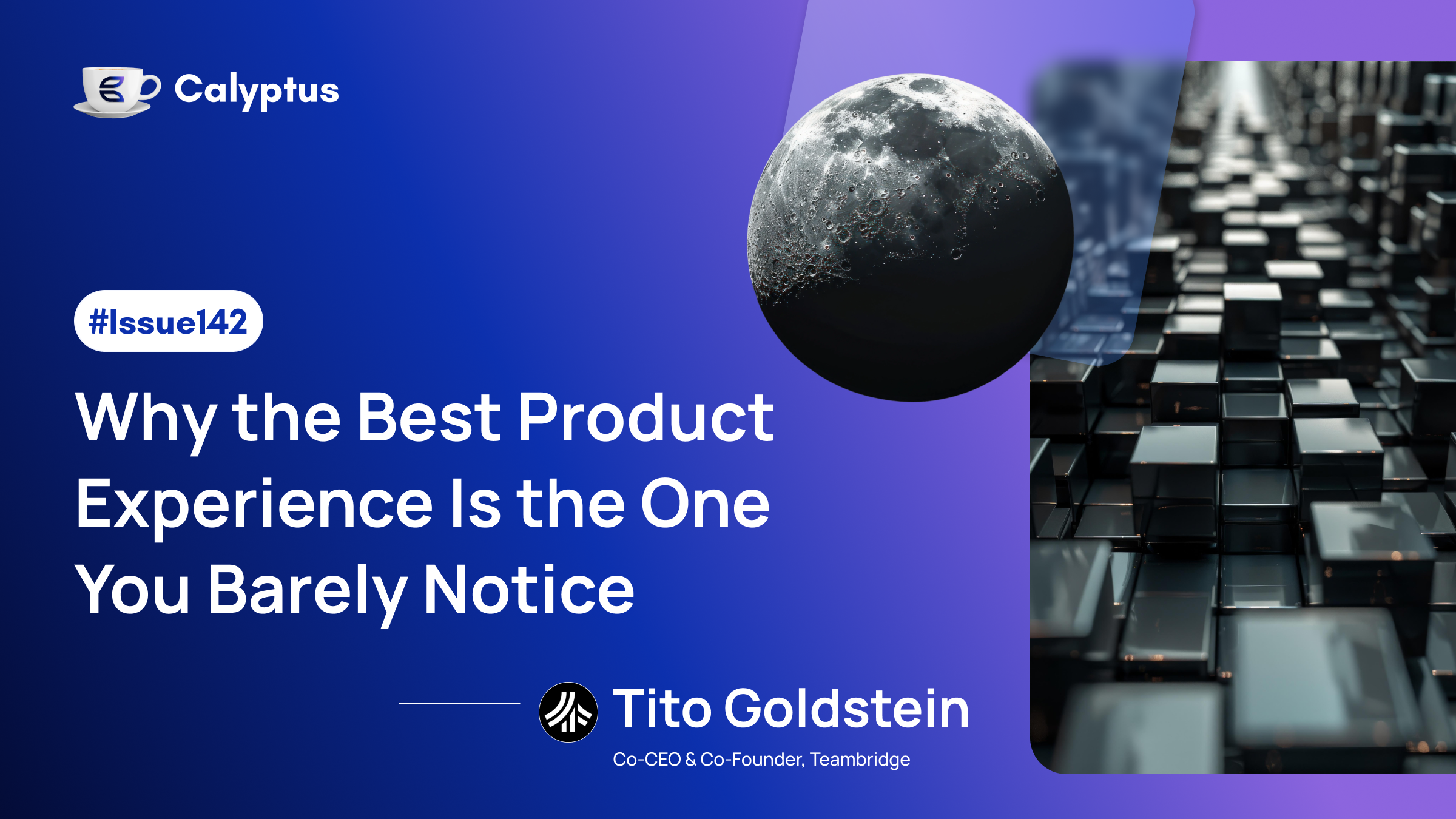This week on People Protocol, we sat down with Molly Gancsos, a talent leader who’s helped scale teams at two of crypto’s most recognisable names: Chainalysis and Messari. In this conversation, Molly shares hard-earned lessons on hiring through bull runs and bear markets, why GTM talent is often overlooked in web3, and what great candidate experience actually looks like.

You’ve led hiring Chainalysis and Messari. What’s one thing that’s fundamentally shifted in how you approach hiring since you first entered the space?
When I first entered the web3 startup space, I focused heavily on matching candidates to a specific role's skill set. Over time, my approach has evolved to prioritize business acumen and adaptability, both in how I partner with hiring managers to define needs, and in how I assess candidates for long-term success in such a fast-moving, unpredictable industry. Web3 doesn’t come with a playbook; it’s volatile, often ambiguous, and success requires resourcefulness, curiosity, and genuine passion for the space. I’d rather hire someone with a strong learning mindset and stamina for the rollercoaster than someone who looks perfect on paper but lacks staying power.
Context also matters more in crypto hiring. The dynamics across teams and markets shift fast, so each new role requires a fresh lens. What worked last quarter might not apply now and assuming it does is a mistake.
Crypto founders often obsess over hiring engineers - but GTM talent is critical too. What’s something most web3 teams get wrong about hiring for sales, partnerships, or growth?
Founders often romanticize the build phase and forget that distribution is what brings products to life. A great product is table stakes but if no one knows how to use it or why it matters, it doesn’t help anyone. If you build it and don’t invest in GTM teams, you’re not launching a product, you’re launching a ghost town.
One common mistake is hiring operators from large FAANG or enterprise orgs and assuming they’ll know how to build a GTM motion from scratch. Many of those folks thrived in mature systems—they’re great at optimizing, but may not have the experience (or appetite) for landing early customers and creating structure where little or none exists yet. What you really need are people who’ve helped build the engine, not just run it.
Also, GTM shouldn’t live in a silo. In web3, everyone wears multiple hats. GTM talent needs technical fluency, and product teams need GTM awareness. I look for people who know how to collaborate across those lines and understand that storytelling, user feedback, and customer success are shared responsibilities.
You’ve built GTM pipelines in crypto, a space with little traditional sales infrastructure. What does “top talent” actually look like in this world? And where are you finding them, if not on LinkedIn?
Top GTM talent in crypto is a hybrid, someone who’s built from zero and also seen what success at scale looks like. They’ve helped write the playbook, not just run it. They can navigate ambiguity, land early customers, and bring the instincts that come from experience.
Some of my best hires didn’t have professional web3 experience, but they brought GTM experience and a self-taught, in-depth understanding of the space - deeply enough to speak fluently about protocols, ecosystems, and current narratives. If you’ve immersed yourself in the space and can demonstrate depth, even without crypto industry experience, we’ll notice.
I still use LinkedIn, but I’m also doing discovery elsewhere. Twitter helps surface the voices and projects leading the space; Telegram helps me stay connected with passive candidates. And in web3, community-driven networking matters more than ever. I’ve hired people who first met me or someone from Messari or Chainalysis at a conference years ago and stayed in touch, or who were referred by former colleagues now at other web3 startups. The space thrives on long-term relationships and peer-to-peer talent sharing—and what goes around truly does come around.
You’ve led hiring through bear markets, bull runs, and compliance crackdowns. What’s your take on the cycles of crypto hiring and how should founders ride the wave instead of getting wiped out?
Crypto is cyclical, full stop. You have to plan like another downturn is always around the corner. That means headcount planning isn’t just about growth, it’s about scenario modelling. In a bull market, ask: how many people do we really need to hit goals? And how many can we keep if things slow down?
To me, riding the wave means remembering that people are our most valuable and expensive resource. Stay lean where you can, invest in talent strategically, and hire for flexibility (leaders who can execute and ICs who can lead). The best teams operate with urgency in a bull, and discipline in a bear. And personally, I love a founder who under-promises and over-delivers—not the other way around.
Candidate experience is a recurring theme in your work. What’s something simple most companies overlook that could immediately improve how candidates perceive them?
Clear, consistent communication. It sounds simple, but it's one of the biggest gaps in most hiring processes. Setting expectations up front: "Here’s what to expect, here’s when you’ll hear from us", goes a long way. Following up when you say you will, even just to say “still waiting,” builds trust. Ghosting or unclear timelines erode that trust fast. You don’t need a big overhaul to make your process more human - just clarity, care, and follow-through.
At Messari, especially in our highly competitive Research Analyst hiring, we’ve seen the value of this. Many of our best hires were initially rejected—then came back stronger and got hired later. That only happens when you leave the door open, treat people with respect, and leave them with a good impression—even when the answer is no.
Oh, and one last thing: my biggest pet peeve as a candidate? Those outdated ATS systems that make you upload a resume and re-type every detail. If I ask anything beyond a resume, it’s something meaningful—like “Why are you passionate about web3?”—not a data entry exercise.




